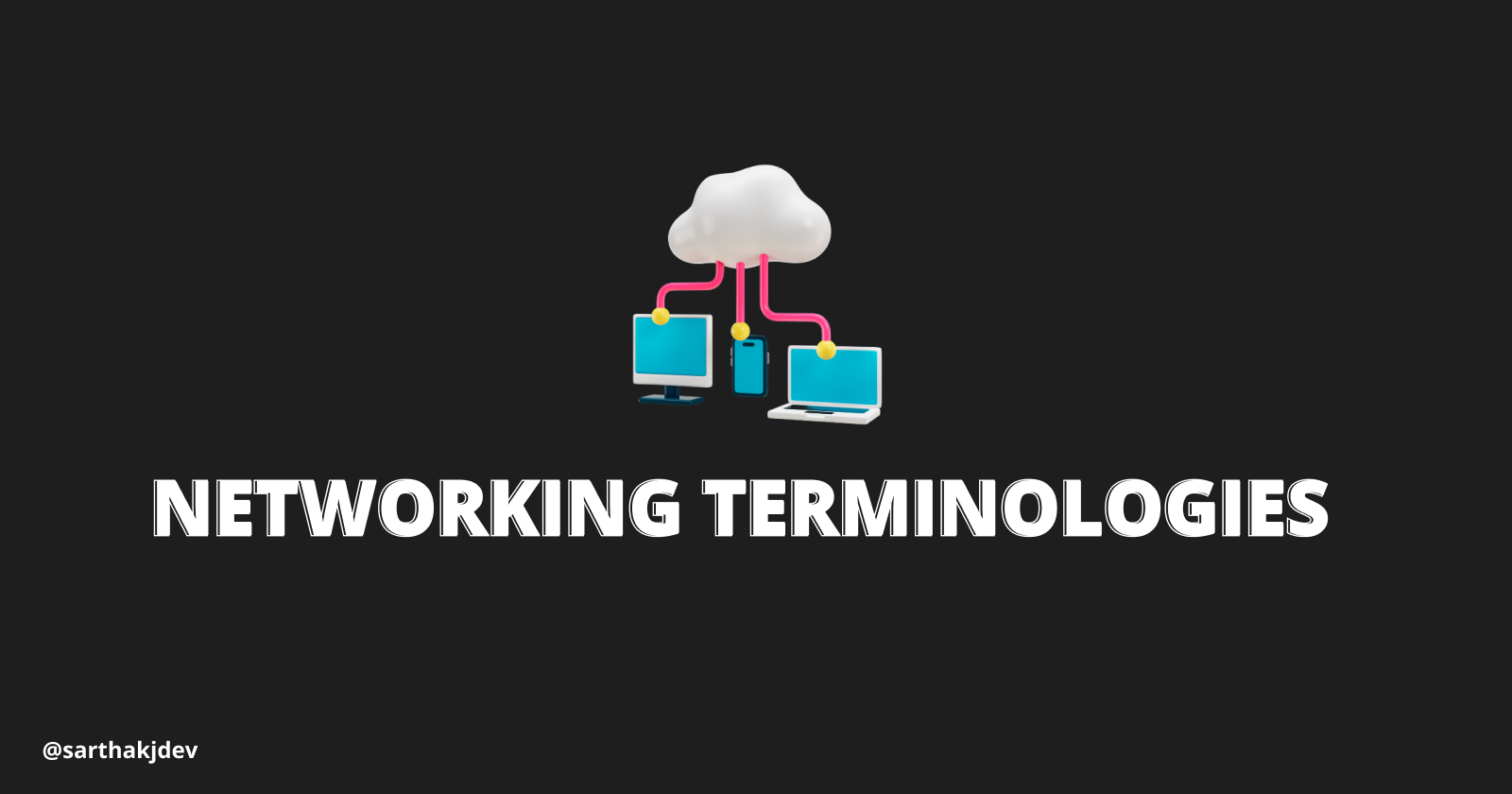Basic Cloud and Linux Networking Terminologies and Concepts
 Sarthak Jain
Sarthak Jain
Introduction
In an era driven by digital transformations, cloud computing and Linux-based systems emerge as crucial elements. For anyone embarking on this journey, understanding the myriad terminologies and concepts can initially seem overwhelming. This article aims to elucidate both the foundational and intricate cloud and Linux networking terms and ideas, preparing you for more in-depth topics.
Key Cloud Networking Terminologies
1. Virtual Private Cloud (VPC)
A VPC is a private virtual network tailored to your cloud account, providing a sandboxed environment where you can initiate resources.
2. Subnet
A subnet is a segmented fraction of a larger network, offering precise control over IP address ranges within a VPC.
3. Cloud Load Balancer
This mechanism auto-distributes incoming application traffic across various targets, ensuring equilibrium in load and maximizing uptime.
4. Network Access Control List (NACL)
A NACL acts as a VPC's firewall, monitoring and controlling incoming and outgoing traffic on a subnet level.
5. Security Group
Serving as a virtual firewall, a security group regulates inbound and outbound traffic at the instance level, ensuring the safety of your resources.
Fundamental Linux Networking Concepts
1. IP Address
An IP address is a numerical identifier assigned to devices in a network, facilitating peer communication. In Linux, the ifconfig or ip commands can provide details about IP configurations.
2. Port
A port represents an endpoint for communication in computing. Linux systems manage a variety of ports for diverse services, often monitored using the netstat command.
3. Socket
Sockets in Linux are pivotal as they provide endpoints for transmitting or receiving data across a computer network.
4. Network Interface
Whether hardware or software, a network interface facilitates communication between networks or within a system's layers.
5. Routing Table
Linux systems use a routing table to dictate the direction of data packets within a network. This table can be inspected via the route or ip route commands.
6. Virtualization
Virtualization involves creating virtual versions of resources, such as servers or storage devices. In Linux, tools like KVM and Xen are prominent for virtualization purposes.
7. Namespace
A namespace in Linux isolates a set of system resources, making them appear exclusive for processes within that namespace. It's fundamental for containerization strategies.
8. CIDR Notation
The Classless Inter-Domain Routing (CIDR) method is used for allocating IP addresses and managing IP routing, prominent in both cloud and Linux networking realms.
9. VLAN
A Virtual Local Area Network (VLAN) is a protocol deployed in Ethernet to create logically segmented networks within a broader physical network.
Conclusion
Cloud and Linux networking, replete with its terminologies and concepts, form the backbone of today's digital infrastructures. As you deepen your exploration into this world, these foundational insights will be your guiding compass, ensuring you navigate with clarity and confidence.
Official References
FAQs
What differentiates a VPC from a subnet?
A VPC is a sandboxed virtual network within your cloud account. In contrast, a subnet is a portion of this VPC, segmented for precise IP address management.
How do Linux sockets contribute to networking?
Sockets in Linux are critical endpoints for network communication, facilitating data interchange between devices.
What role does virtualization play in cloud and Linux networking?
Virtualization enables the creation of simulated environments from a single physical system, optimizing resource allocation and fostering flexible infrastructures.
Subscribe to my newsletter
Read articles from Sarthak Jain directly inside your inbox. Subscribe to the newsletter, and don't miss out.
Written by

Sarthak Jain
Sarthak Jain
Hello, I'm a freelancer specializing in Node.js (Typescript) and React development, backed by strong DevOps expertise. I'm here to transform your ideas into real technological solutions, so feel free to reach out via DMs. My passion lies in various aspects of the development process, including setting up development environments, creating deployment pipelines, and constructing cloud infrastructures. Feel free to get in touch, and let's discuss how I can help bring your projects to life!